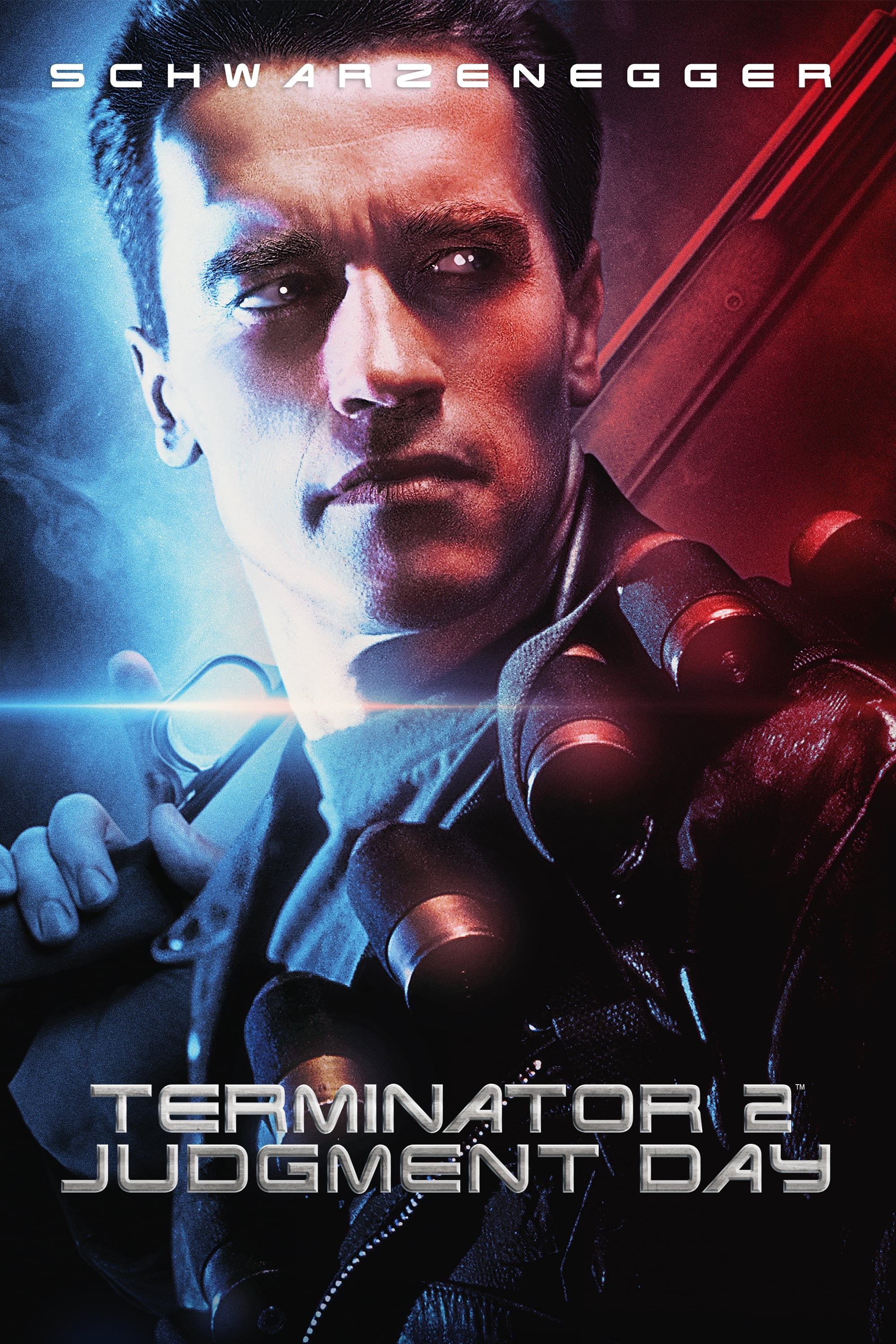

The camera then lifts to show dozens more destroyed cars, buildings stripped to their foundations, and the remains of a freeway. “The Survivors of the nuclear fire called the war Judgment Day …” Had the film opened on this image, it would have still been great, but showing us the world we recognise before presenting it as a scorched wasteland is a genius move. Once, this was just two people out driving, no doubt complaining about the traffic, with absolutely no idea that the end of their world was just moments away. Young children can have fun, laugh, enjoy being silly together – they’re society’s most vulnerable, and to see what should be a safe place burned to a crisp helps to emphasise just how horrific the nuclear war is (this is even more awful when you consider that such an act of war has happened in the real world, twice).Īfter the shot centred on the swings fades to white, the screen cuts to a pair of charred skeletons in a torched car. The playground is a place where innocence reigns. This loss of innocence becomes even greater when he’s forced to flee the murderous T-1000, discover the foster parents he’d fought against have been killed (because of him), and help rescue his mother from certain death. Fed one story after another of his impending role as a “great military leader,” living a nomadic lifestyle, John has seen and heard a lot in his short life.

In Terminator 2, John Connor’s innocence (such as it is) has already been taken away by Sarah before the film even starts. Then, of course, she discovers this isn’t the case at all – she won’t just get a mention in the books, she’ll actually go on to change the course of history itself. Sarah Connor was an average girl when we first met her in The Terminator, working the same kind of job many of us have, trying to get by, a good person but not someone expecting to feature in the history books. The visual motif of the playground returns again and again, appearing in this early shot, Sarah’s nuclear nightmare, and in the future war sequence itself.Īll of this ties in with the first two films’ theme of lost innocence. In that sequence, we again see children playing, having fun with their parents, enjoying the everyday freedoms and joy we take so for granted. We see nothing of the destruction itself, though – this is saved for later on in the film, when we see a truly nightmarish, unforgettable depiction of the apocalypse. This helps to add extra impact to the horrors we see next, and grounds the film in our reality, making the time-travel & killer robots all the more believable. Sure, LA might be overcrowded and ugly in the shots we see – but it’s teeming with life, home to so many people. Ominous, low-key music plays over all this: the montage lasts only moments, but it’s vital to show the devastation caused by nuclear war. We start with a few establishing shots of early-90s Los Angeles.

Now, that’s not to take anything away from it – that’s still one hell of an opening – but nothing can compare to Terminator 2‘s introduction. While The Terminator gave us a glimpse of the future war between man and machines, it was brief, fairly limited, and followed by a chunk of expository text. James Cameron basically took his opening sequence to The Terminator and, armed with a $94 million-ish budget (which sounds modest today), worked absolute magic with it. All of these pull you in, toss you right into the action, and get you pumped to see what happens next.

The first Terminatormovie itself, of course. Plenty of films have fantastic introductions. Much like Cameron’s original, Terminator 2 could have turned out very differently if the first draft was the one that went before cameras, as Cameron’s original concept featured no icy cool T-1000, an expanded role for Dyson and an entirely different - though familiar - antagonist. Like the original Terminator, the finished Terminator 2 may be beloved, but Cameron’s sequel underwent significant revisions during filming and some of the missing sequences could have made for incredible viewing, while others were mercifully cut.“3 billion human lives ended on August 29th, 1997 …” Related: McG's Terminator Salvation 2 Saw Skynet Invade Present Day London However, as was the case earlier in Cameron’s career with the original film, many of his ambitious ideas were beyond the scope even of Judgment Day’s considerably larger budget. The sequel was worth the wait, and Terminator 2: Judgment Day remains a classic piece of action cinema.
TERMINATOR 2 JUDGMENT DAY MOVIE
Avatar helmer James Cameron soon began work on a follow-up, but the second Terminator movie spent years being redrafted and rewritten before it was finally released seven years after the first film.


 0 kommentar(er)
0 kommentar(er)
